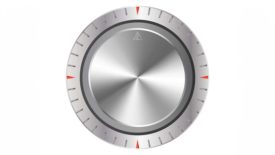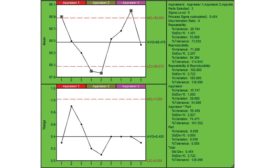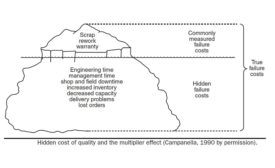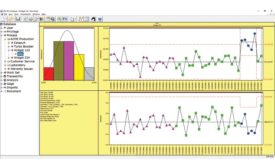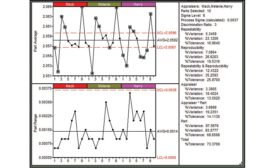Articles by Paul Keller
Software
The control chart provides an extremely critical role in capability estimates.
Read More
Software & Analysis
Don’t Touch That Process-Improvement Dial!
Despite your best intentions, you cannot improve a process without first differentiating between common and special causes.
March 21, 2024
Software & Analysis
SPC Software Enables Real-Time Process Management
When the process is in-control, monitoring it using the SPC control chart ensures that it will reliably meet the process requirements.
November 2, 2022
An R&R Study
In most situations, you're likely to be surprised by the amount of R&R error detected.
June 30, 2020
Prevention is the Key to Reduced Quality Costs
Customer-facing processes must be designed to prevent errors and minimize cost of failure.
November 8, 2019
How to Statistically Control the Process
When disruptions are detected, it’s critical that operators have the tools available to quickly diagnose and correct the issues.
April 1, 2019
Stay in the know with Quality’s comprehensive coverage of
the manufacturing and metrology industries.
eNewsletter | Website | eMagazine
JOIN TODAY!Copyright ©2025. All Rights Reserved BNP Media.
Design, CMS, Hosting & Web Development :: ePublishing

